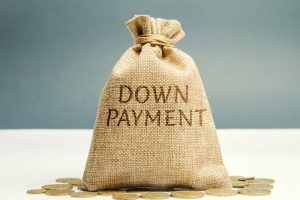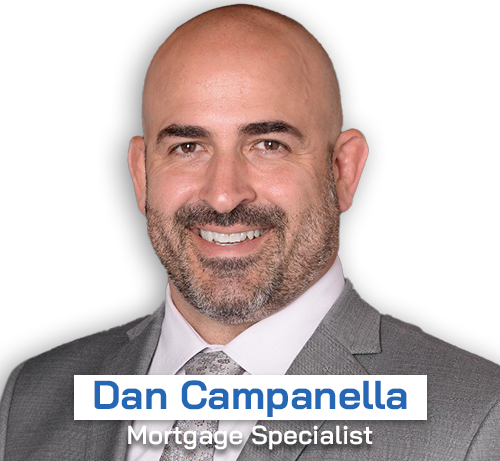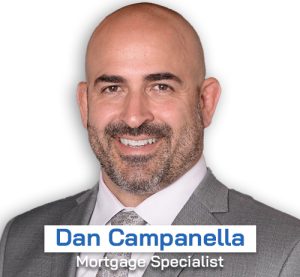
How Much Down Payment Do You Need?
The amount of down payment required for a home purchase depends on various factors, including the type of mortgage and your financial situation. While the traditional 20% down payment is often seen as the gold standard, it is not mandatory. In fact, the median down payment for U.S. homebuyers is 14% of the purchase price, according to a report from the National Association of Realtors.
Different mortgage options have different minimum down payment requirements. Conventional loans, for instance, can require as little as 3% down, while FHA loans may only require 3.5% down if you meet certain credit requirements. The down payment you need will also depend on the price of the home you’re buying. It’s important to note that the more money you put down upfront, the less you’ll have to borrow, resulting in lower monthly mortgage payments and less interest paid over the life of the loan.
Let’s take a closer look at the minimum down payment requirements for various loan types:
| Fixed-rate loan type | Minimum down payment for qualified borrowers |
|---|---|
| Conventional | 3% |
| Jumbo | Varies |
| FHA | 3.5% |
| VA | 0% |
| USDA | 0% |
It’s crucial to remember that meeting eligibility standards is often necessary to qualify for these minimum down payment options. For instance, FHA loans with a 3.5% down payment are only available to borrowers with credit scores of 580 or above. VA loans have specific requirements set by the Department of Veterans Affairs. USDA loans require the purchase of a rural property that meets certain criteria.
Private Mortgage Insurance (PMI)
One important consideration when putting down less than 20% is the need for private mortgage insurance (PMI). Most conventional lenders charge PMI if more than 80% of a property’s cost is being financed. PMI acts as a safeguard against default, and if you put down less than 20%, it will add to your monthly payments. The exact amount depends on your down payment and interest rate.
The good news is that PMI is not a permanent addition to your mortgage. Once you have accumulated 20% equity in your home, either through paying down your balance over time or due to an increase in home values, you can request its removal. If this doesn’t happen automatically, reach out to your lender to discuss the removal of PMI.
FHA loans have their own version of mortgage insurance, which includes an initial payment and ongoing annual mortgage insurance premiums.
Down Payment Assistance Programs
If saving up for a down payment seems challenging, there are various down payment assistance programs available at the federal, state, and local levels. These programs aim to help individuals achieve homeownership by providing financial aid for down payments and closing costs. Assistance is typically offered in the form of grants, low-interest loans, deferred-payment loans, or forgivable loans. Eligibility requirements and program availability can vary, so it’s essential to research programs specific to your location.
Here are some excellent resources to explore down payment assistance programs:
-
At the federal level: Visit the U.S. Department of Housing and Urban Development’s website to find local homebuying programs organized by state.
-
At the state level: Many states have Housing Finance Agencies that provide homebuying aid and education.
-
At the local level: Cities and counties often offer their own down payment assistance programs, especially for first-time homebuyers. Check your municipality’s website or search at Down Payment Resource for more information.
The Benefits of a 20% Down Payment
While it’s possible to purchase a home with a lower down payment, there are several advantages to putting down 20% or more:
-
Saving Money: A larger down payment reduces your monthly mortgage payment and may qualify you for better rates and terms.
-
Financial Stability: A higher down payment demonstrates financial stability to lenders, increasing the chances of loan approval. It also provides more stability for homeowners when faced with market fluctuations.
-
Avoiding PMI: By putting down 20% or more, you can avoid the additional cost of private mortgage insurance.
However, it’s essential to weigh these benefits against your personal financial situation and homeownership goals.
Is a Lower Down Payment Ever Smart?
While a smaller down payment may cost more in the long run, there are situations where it may make sense. If saving up a larger down payment prevents you from ever owning a home, it’s worth considering alternatives. Putting down less than 20% might be a good idea if:
-
You have a good household income but haven’t had enough time to save for a larger down payment.
-
A larger down payment would deplete your savings entirely.
-
It’s the only thing preventing you from purchasing a home.
Ultimately, the decision should be based on your individual circumstances and future financial plans.
FAQs
How much do you need for a down payment on a $300,000 house? The required down payment depends on the loan type. A 20% down payment on a $300,000 home would be $60,000. The median down payment percentage in the U.S. is 14%, which amounts to $42,000. However, you may be able to put down as little as 3% for a conventional loan, which would be $9,000, but would require monthly PMI payments.
What is a typical down payment for a house? Traditionally, a 20% down payment has been considered typical. However, the median down payment for homebuyers in the U.S. is 14%.
While a 20% down payment is often seen as the benchmark for securing a mortgage, it is not always necessary. Many loan options allow for lower down payments, and down payment assistance programs can provide additional support. The decision on how much to put down should be based on your financial situation, long-term goals, and eligibility for different loan programs. Remember to weigh the benefits and drawbacks of your chosen down payment amount and consult with a mortgage professional to find the best path to homeownership for you.
Contact Dan (954-336-1922) for a free consultation!
—
 About Dan Campanella – Mortgage Specialist
About Dan Campanella – Mortgage Specialist
Dan provides clients with years of proven experience and an abundance of financing options for their mortgages. His common sense approach and devotion to customer service is what sets him apart in the highly competitive mortgage industry. Dan prides himself on consistently delivering “referable services” to his clients, referral sources, and partners.

